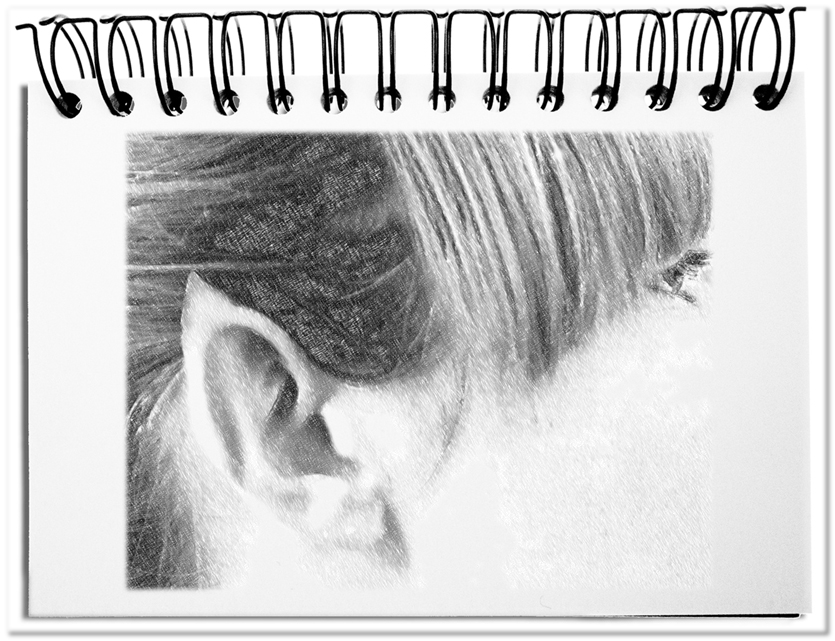The conversation is an important tool, in order to exchange ideas. In this case, you should formulate your own statements in such a way that the counterparts are able to understand the meaning. The second important task is to listen. Only if statements are attentively heard and processed, one perceives, which point of views the others have and how they underline their own view. Certain set phrases have much to say. These so-called ear sharpeners are a key to the attitudes of the dialogue partners.
The following five ear sharpeners are examples of the magic of words that frame the actual messages.
- Yes, but…
The positive feedback that is produced by a ‘yes’, is always welcome. The following ‘however’ converts the affirmative feedback into negative. This ‘no’ told in a roundabout way is sometimes not heard and leads to longtime misunderstandings.
Example: Yes, that is a very strong argument, but many reasons speak against it. - Everyone knows that…
Ambali Sanogo, in Burkina Faso, surely does not know. Thus, not EVERYONE knows. Yet, this empty phrase is frequently used, in order to emphasis the saying and to prevent contradictions right from the start. Who wants to show a lack of understanding, if everyone else knows?
Example: Everyone knows that facts are indisputable. - It is important to me, …
Some politicians, fights for airtime, by cutting others short with the personal need to say the important by all means. This set phrase is noticeable, if it is repeated frequently.
Example: It is important to me, to refer here again to the necessity. - To be honest …
If a statement starts with these words, one can assume that someone says the truth. At the same time, you could become suspicious about other statements. Do you have to expect that all statements that are not started by this set phrase are distrustful?
Example: To be honest, I have no understanding for this behavior. - After careful consideration I decided to check, whether …
Since listeners loose their attention after the first words, mainly political oriented speakers are using this kind of introduction. Some listeners only hear the decision without looking at the actual contents of the decision. Thus, some non-decision makers seem to have an active personality.
Example: I decided to consider, whether this decision can be taken into account at all.
Bottom line: As soon as you hear one of these ear sharpeners, be aware, because there is additional information between the lines that gives the message another meaning. The ear sharpeners reveal these intentions.


